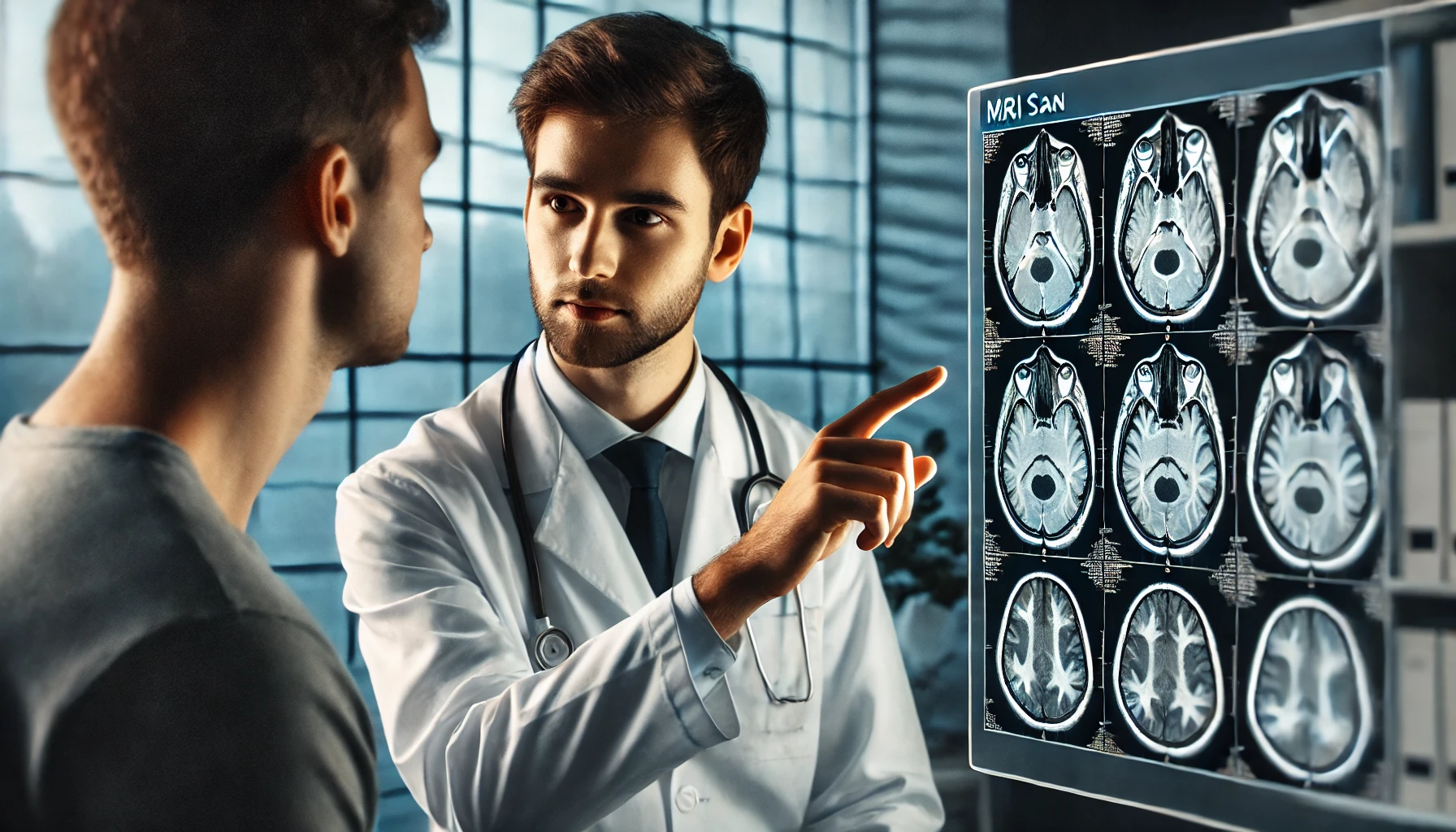All blog posts
Explore the world of design and learn how to create visually stunning artwork.
The Life-Saving Puzzle: How Medical Diagnosis Works (And How to Avoid Tragic Mistakes)
April 2, 2025 | by MindWave Lady
Understanding Medical Diagnosis
Medical diagnosis is a crucial aspect of healthcare, involving a systematic approach to identify a patient’s health condition. Symptoms, a patient’s subjective experiences, guide healthcare professionals towards potential health issues. A comprehensive medical history, including past illnesses, medications, and lifestyle factors, provides context for symptoms. Diagnostic tests, including laboratory work and imaging techniques, provide objective data. The integration of these components is essential for accurate diagnosis, often involving specialists with specific medical expertise. Comprehensive evaluations prevent misdiagnoses and serious health consequences for patients.
The Role of Diagnostic Tools and Technology
Diagnostic tools and technology are essential in modern medicine for accurately identifying diseases and conditions. Magnetic resonance imaging (MRI) is a key advancement, providing detailed images of internal structures for diagnosing soft tissue abnormalities.
Blood tests, which analyze blood components, help identify underlying issues, enabling early intervention. Advanced artificial intelligence (AI) systems are reshaping medical diagnostics, reducing human error and enhancing accuracy. These tools enable physicians to deliver targeted treatments, uncover hidden diseases, and tailor their approach to each patient’s specific needs. As these innovations continue to evolve, their role will become increasingly crucial in saving lives.
Common Diagnostic Mistakes and Their Consequences
Healthcare diagnostics are crucial but can be prone to errors, leading to misdiagnosis or delayed treatment. Misinterpretation of test results and oversight of critical symptoms can result in errors, causing delays in treatments and prolonging patient suffering. Case studies show the severe consequences of these errors, such as misdiagnosis of strokes and missed appendicitis. To improve patient care, healthcare providers should adopt systematic diagnostic processes, encourage second opinions, and foster open communication. By recognizing potential pitfalls, both patients and providers can work together to enhance health outcomes and avoid tragic consequences.
Improving Diagnostic Accuracy: Best Practices and Innovations
Healthcare professionals are increasingly focusing on improving diagnostic accuracy through continuous education, collaboration, and the integration of AI tools. Regular training programs and workshops help clinicians stay updated on the latest research and techniques, leading to better diagnostic capabilities. Collaboration among multidisciplinary teams allows for more comprehensive evaluations of complex cases, while AI-driven tools offer evidence-based recommendations and streamline decision-making. Telemedicine and remote diagnostics are also being adopted to improve patient care in underserved areas. These advancements aim to reduce errors and improve patient care.
What is your experience with diagnosis?



Leave a Reply